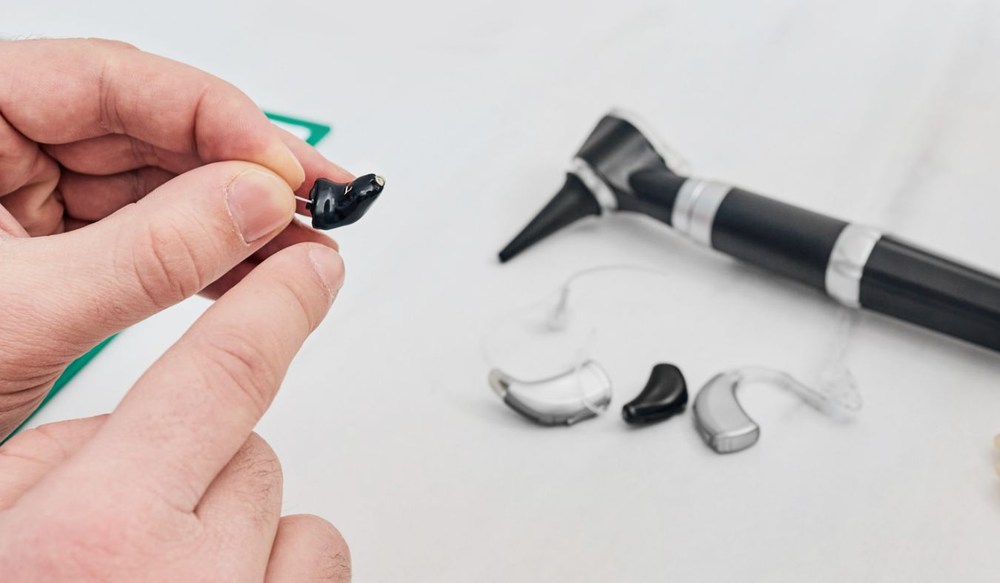Your First Month with Hearing Aids
Receiving new hearing aids marks an important step in managing your
Voted Best of 603 Two Years in a Row!


Receiving new hearing aids marks an important step in managing your

When considering hearing aids, one of the first concerns many people have

Hearing aids are important tools that help many people stay involved in